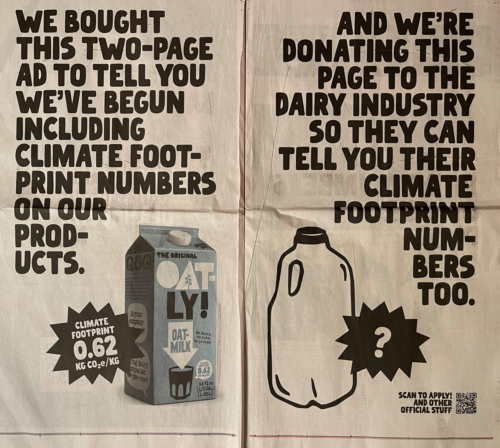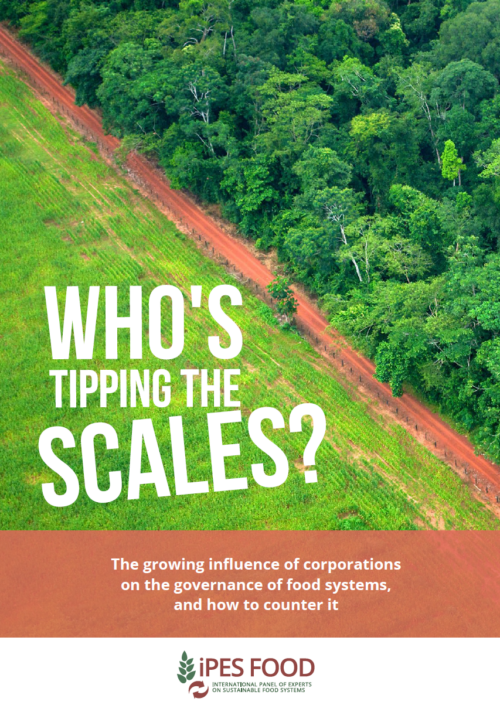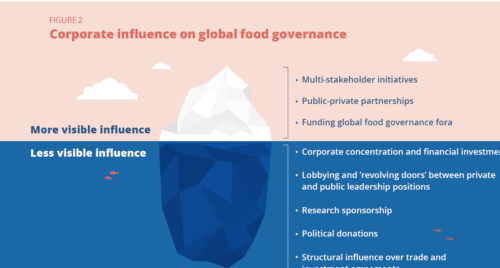The FDA warns molecular farming companies to watch out for food allergens
I was fascinated to see this article in Ag Funder News (to which I am now subscribing): FDA warns molecular farming startups of risks if food allergens are not properly managed.
If companies are putting the genes for animal proteins into crops, they need to be super careful not to introduce proteins known or likely to be allergenic.
The FDA’s warning letter reminds companies to:
- Consider the food safety risks posed by allergens
- Plan early in development to manage the risks
- Label products properly
- Pay attention to legal requirements and food safety responsibilities
This took me right back to 1996 when I wrote an editorial for the New England Journal of Medicine about one such incident (scroll down to the third editorial in the pdf).
Investigators thought it would be clever to add a Brazil nut protein to soybeans to enrich the beans—used for chicken feed—in sulfur-containing amino acids especially needed by chickens for feather formation. Unfortunately, some people are allergic to that protein.
The investigators were especially diligent about checking the allergenicity of the transferred protein. By a truly remarkable coincidence, everything they needed to establish allergenicity was available. The soybeans were withdrawn from the market, but all of this was somewhat of a miracle.
As I concluded,
This situation illustrates the pressing need to expand basic and clinical research on food allergies. More information about incidence, prevalence, dietary exposure, antigenicity, immune responses, diagnosis, and treatment would help researchers, regulators, and biotechnology companies predict whether transgenic proteins are likely to cause harm. In the special case of transgenic soybeans, the donor species was known to be allergenic, serum samples from persons allergic to the donor species were available for testing, and the product was withdrawn. The next case could be less ideal, and the public less fortunate. It is in everyone’s best interest to develop regulatory policies for transgenic foods that include premarketing notification and labeling. Industry benefits when the public is convinced that transgenic foods are safe, and stronger federal regulations would encourage such public confidence.
That was in 1996. I could have written it yesterday. No wonder the FDA is worried.

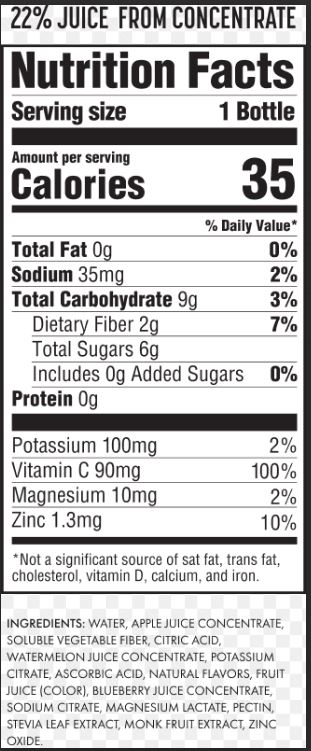
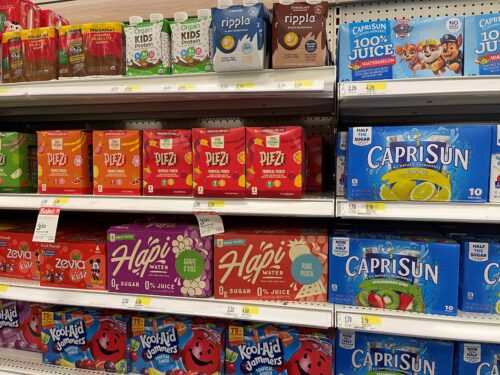
 Capri Sun has the same kinds of ingredients as PLEZi, but less fruit juice, and a little more overall sugar. To me, they don’t look all that different.
Capri Sun has the same kinds of ingredients as PLEZi, but less fruit juice, and a little more overall sugar. To me, they don’t look all that different.